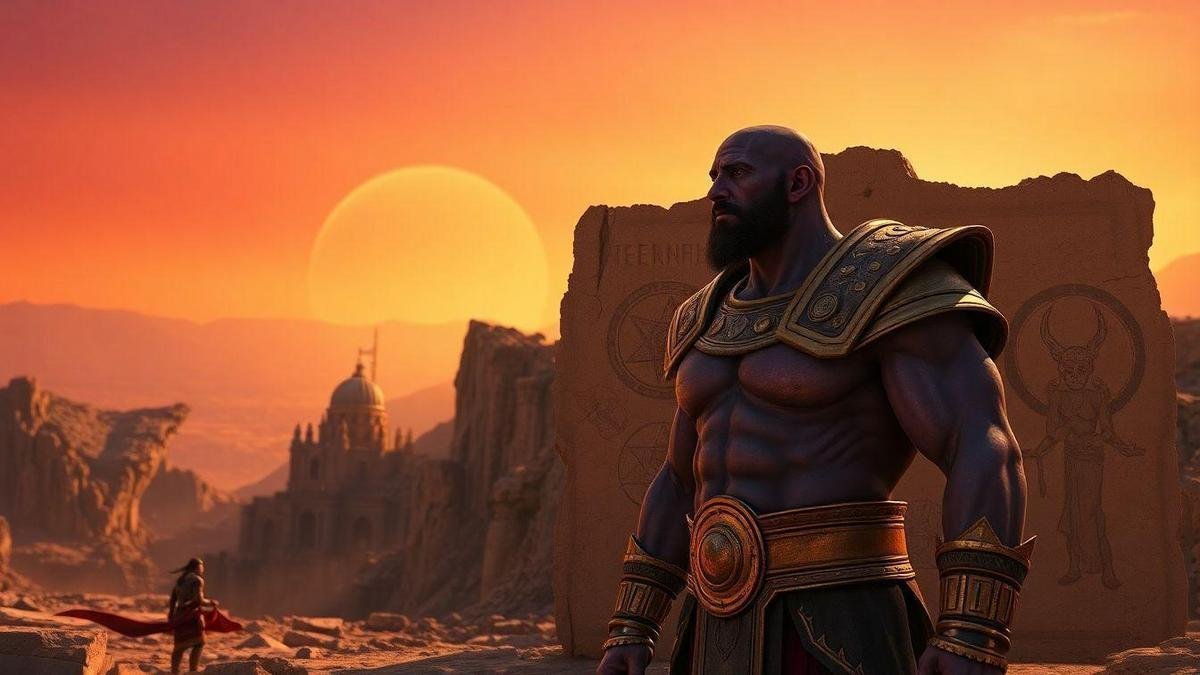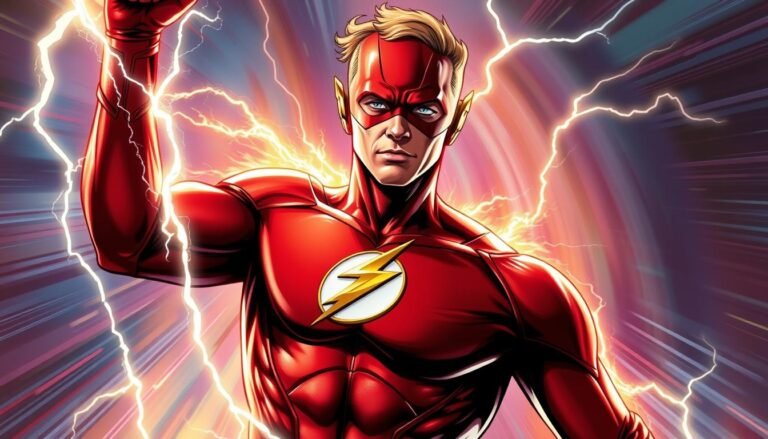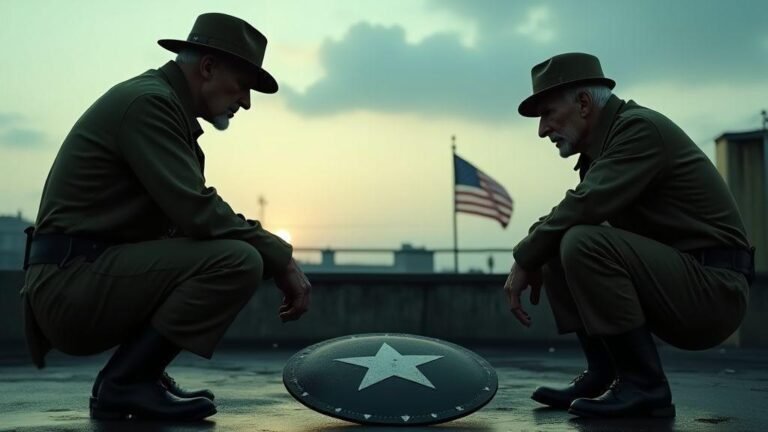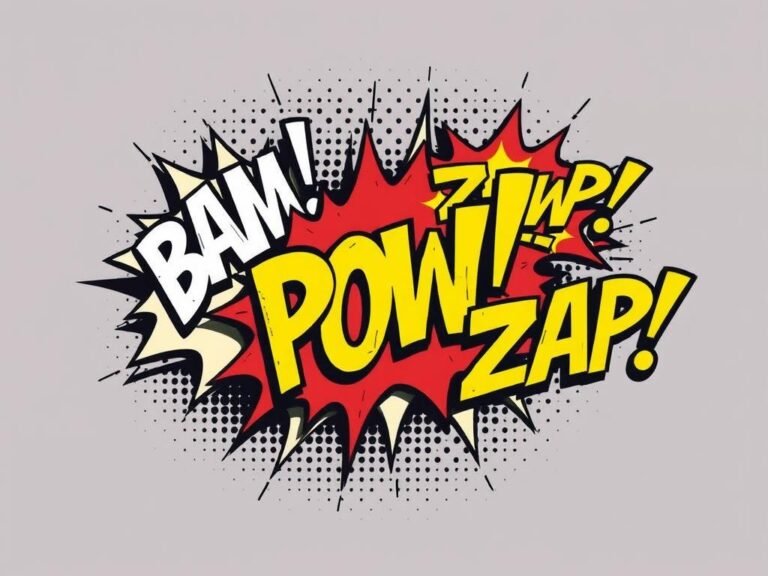Marvel Fans Shocked by Thanos’s Hidden Past

Marvel Fans Shocked by Thanos’s Hidden Past – A clear, friendly guide to what “Thanos’s Greatest Secret Is Hidden In The Past” means for Titan, his parents Mentor (A’lars) and Sui‑San, and his Eternal‑Deviant origin.
You’ll learn which comics first show his early life, how the MCU simplifies Titan’s collapse, why his obsession with Death and balance drives the Infinity Gauntlet and other quests, and which issues and films best reveal his motive.
Key takeaway
- Study the past to understand his motives.
- Family, stigma, and early trauma shape his logic.
- Patterns across comics and film point to the same hinge: history.
- Artifacts and hunts echo childhood lessons.
- Read Thanos Rising and origin retrospectives, then Infinity Gauntlet, and compare with the MCU.

How Thanos’s origin on Titan reveals Thanos’s Greatest Secret Is Hidden In The Past
Short version: Thanos grew up on Titan, son of the Eternal Mentor (A’lars) and Sui‑San. For a concise background, see Overview of Thanos’s origins and traits. His Deviant traits made him an outcast.
Those early wounds — rejection, grief, and lessons learned from his parents — are the real secret. “Thanos’s Greatest Secret Is Hidden In The Past” is not a single relic but a cluster of formative experiences that later power his quests.
Mentor (A’lars) and Sui‑San — parenting that forged a tyrant
Mentor provided rational, scientific guidance; Sui‑San gave warmth and grief. Neither offered the acceptance a different child needed. Mentor’s distance and Sui‑San’s sorrow combined with social fear to teach Thanos that power earns respect and death is a language everyone understands.
That mix of intellect and pain becomes the engine for his obsession with meaning, power, and mortality. For a focused look at his origin and early psychology, see the deep dive on Thanos the Mad Titan.
Why his Eternal‑Deviant origin shaped him
- The Deviant gene made him physically feared; the Eternal side gave longevity and big philosophical ideas.
- Isolation taught him cruelty, then a philosophy: impose balance by force.
- His later fixation on annihilation and balance traces to a child who wanted to be seen and chose to be feared.
He wasn’t born a galactic tyrant—he was forged by shame and science. “Thanos’s Greatest Secret Is Hidden In The Past” is this forging.
Comics that show his early life (where to start)
- Iron Man #55 (1973) — first appearance, the menace and hints of origin; see the Official Marvel biography and comic history.
- Captain Marvel (Jim Starlin, mid‑1970s) — builds character and Titan references.
- The Thanos Quest (1990) & The Infinity Gauntlet (1991) — motives and scars through flashbacks and deeds; see the retrospective on Thanos and the Infinity Gauntlet.
- Thanos Rising (2013) — the clearest modern origin; background and flashbacks are summarized in origin guides like Thanos the Mad Titan.
Path recommendation: Iron Man #55 → Starlin Captain Marvel run → Thanos Rising → The Thanos Quest → Infinity Gauntlet. For issue credits and publication details, consult Comics publication records and issue entries.
How the MCU frames the same past
The MCU gives a stripped‑down origin: Titan collapsed from overpopulation and resource depletion. For a broad comparison across media, consult the Comprehensive page on Thanos in media. The films present Thanos as a tragic pragmatist rather than a Death‑worshipper. Key differences:
- Motivation: MCU = practical savior; Comics = lover of Death.
- Family/origins: MCU = terse hints; Comics = detailed Titan childhood.
- Tone: MCU = calm, philosophical; Comics = theatrical, ritualistic.
- Emotional anchor: MCU emphasizes Gamora; Comics emphasize cosmic romance with Death.
Key scenes: Avengers: Infinity War (Titan explanation to Gamora), Avengers: Endgame (the farm scene and aftermath), and the various raids showing consequences of his policy. For context about Gamora’s role in humanizing Thanos on screen, see analysis of Gamora.
Why “Thanos’s Greatest Secret Is Hidden In The Past” matters: Death, balance, and love
In comics, Thanos’s obsession with Mistress Death is literal and romantic; the Infinity Gauntlet is a grotesque offering. In film, his calculus becomes population control. Either way, his past — family loss, social exile, and philosophical training — is what makes his logic feel coherent and chilling.
The phrase “Thanos’s Greatest Secret Is Hidden In The Past” highlights that motive, not methods, is the key mystery.
- Comics: rituals, tokens, and direct appeals to Death.
- Infinity Gauntlet: power pursued as a perverse love letter; background and consequences explored in coverage of the Gauntlet saga.
- Film: the ruined world of Titan as formative trauma.
Story moments that prove his motives come from the past
- Early rituals courting Death and flashbacks in Thanos Rising; search origin guides like Thanos the Mad Titan.
- Mass killings in comics performed to attract Death’s notice.
- The Infinity Gauntlet confrontation where his speech is often directed at Death more than heroes; see the breakdown in Gauntlet coverage.
- MCU: Thanos’s explanation about Titan and his personal bond with Gamora, discussed in Infinity War analysis.
These moments show motives rooted in childhood pain and a desire for approval, proving the thesis: Thanos’s Greatest Secret Is Hidden In The Past.
Timeline, retcons, and how to read them
Early anchors:
- Iron Man #55 (1973) — introduction.
- Thanos Quest → Infinity Gauntlet (1990–1991) — peak of classic motives.
- Thanos Rising (2013) — modern emotional context.
Retcons and later runs (Jeff Lemire, Donny Cates) shift emphasis: some writers emphasize destiny or inevitability over Death worship — see the cosmic horror take in Thanos Wins / Cates era analysis.
For narrative techniques that complicate origin stories, consult pieces on unreliable narrators in comics and on parallel universes. The MCU swaps motivation again for resource logic. To understand any portrayal, start with the past: the earlier stories color later reinterpretations.
Recommended reading/watching order:
- Iron Man #55
- Captain Marvel (Starlin)
- Thanos Rising (origin overview)
- The Thanos Quest → The Infinity Gauntlet (Gauntlet retrospective)
- Thanos (2016–2018) modern arcs and cosmic horror takes (Cates-era analysis)
- MCU: Guardians of the Galaxy (setup), Infinity War, Endgame (Infinity Saga overview)
How his hunts and artifacts echo his past
Thanos collects knowledge, relics, and the Infinity Stones methodically. His missions often follow a pattern: study, scout, acquire, test. Recurring items—star maps, sigils, broken relics—link eras and hint at long‑running obsessions.
The stones and the gauntlet are the climactic expression of lessons learned in youth: control, finality, and the desire to be noticed.
Notable reads documenting these hunts:
- Iron Man #55
- The Thanos Quest (1990)
- The Infinity Gauntlet (1991) — see the detailed Gauntlet analysis at Thanos and the Infinity Gauntlet.
- Silver Surfer (Starlin issues)
- Thanos Rising (2013) — background summarized in origin overview.
For tactical reads about how his schemes almost succeeded, check the piece on Thanos’s near‑victories.
How understanding his early life changes how you read him today
Knowing that “Thanos’s Greatest Secret Is Hidden In The Past” makes his cruelty intelligible (not excusable). You see:
- Early trauma explains restraint and brutality.
- Family loss explains his fixation on sacrifice and balance.
- Early philosophy explains the calm logic he applies to violence.
With that context, scenes that once felt random now form a through‑line: a character shaped by history, converting sorrow into doctrine. For a broader look at how he ranks among antagonists, consult the list of iconic Marvel villains.
What this secret means for future stories
Writers can use his past to:
- Create redemption arcs or deeper tragedy.
- Justify mentorship or targeted destruction.
- Flip between villain and tragic antihero depending on emphasis.
The past provides hooks for new alliances, betrayals, and reinterpretations.
Conclusion: Marvel Fans Shocked by Thanos’s Hidden Past
If you take one fact away: Thanos’s Greatest Secret Is Hidden In The Past. It’s not a single object but a network of childhood wounds, family dynamics, and cultural stigma on Titan. Those pieces—rejection, curiosity, sorrow—power his obsession with Death and cosmic balance.
Read Thanos Rising, Infinity Gauntlet, and the early Starlin work, then watch Infinity War and Endgame. Side‑by‑side, comics and film reveal the same hinge: history explains horror.
Frequently asked questions
A: It explains motive—why he chooses certain methods and sacrifices.
A: In his childhood on Titan, early battles, and lost worlds referenced across comics and film.
A: Read origin issues, watch MCU origin scenes, and look for recurring symbols, flashbacks, and personal dialogues about loss.
A: Yes—context can add sympathy or deepen horror, giving him human motivation behind cosmic acts.
A: You can build a strong case by collecting comic panels, issue arcs, and film lines. Some interpretive gaps remain, but the pattern is clear.
Want to dig deeper? Read more breakdowns at Hero and Villain World.






